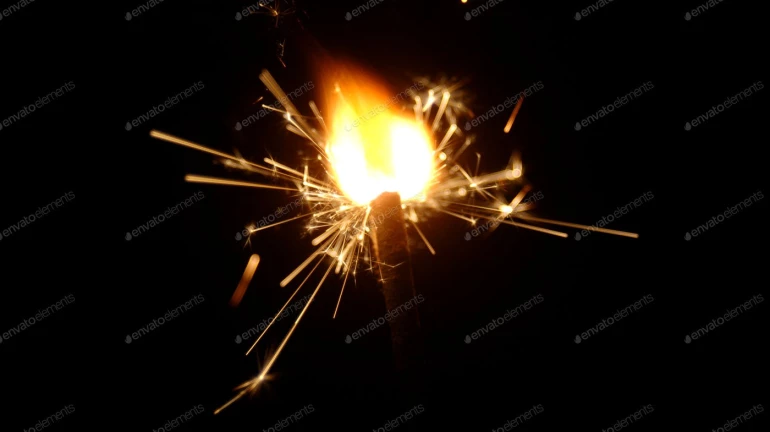
According to the System of Air Quality and Weather Forecasting And Research (SAFAR), Mumbai’s air quality after November 14 (Diwali) may be the worst in six years even if the firecracker emissions are halved in comparison to the 2016-18 average.
The agency goes on to say that Mumbai’s air quality index or AQI score could be 338 on November 15, which falls under the “very poor” category and has the potential to cause health issues to some people.
Also read - Firecracker Manufacturers, Sellers Suffer Massive Loss Due To The COVID19 Pandemic
“Even with 50% cracker emissions scenario, the prevailing weather conditions will aggravate the high smoke level and push air quality to ‘very poor’. The AQI is expected to improve to ‘poor’ or ‘moderate’ by November 17,” the agency’s forecast says. Places like Andheri, Mazgaon, and Chembur are likely to be the most polluted areas as per SAFAR.
The AQI score in these regions on November 15 is expected to be 267 (poor) even if there are no firecracker emissions. Mumbai recorded an AQI of 204 on November 12 whereas the AQI for the day after Diwali in 2019 was 96, which is rated under “satisfactory”. Diwali 2017 happened to be the most polluted day with the city reporting an AQI of 319 the day after the festival.
Read - BMC Imposes Ban On Firecrackers, Mild Crackers Can Be Burst On Nov 14
As per the agency’s forecasts, the steepest levels of PM10 and PM2.5 are likely to be observed between 1 AM and 4 AM on November 14-15. Moreover, the PM2.5 concentration is expected to be around 170 µg/m3 (microgramme per cubic metre) with 50% firecracker emissions and 110 µg/m3 with zero firecrackers emission. The official safe-limit for PM2.5 concentrations over a 24-hour period is 60 µg/m3.
This goes to show that even without firecrackers in the city, the pollution is likely to be pretty high. Several states in India including Delhi, Rajasthan, and Karnataka have taken the big step to ban firecrackers so as to mitigate the health risks posed by its widespread use.
A recent survey of “green firecrackers” in Mumbai revealed that they still contain harmful metals, though in a smaller concentration. However, it goes without saying that emission from fireworks does impact human health, and particularly those who are vulnerable to respiratory diseases.
Also read - Mumbai: NGO Writes To PM After Analysis Of ‘Green Crackers’ Finds Banned Metals





